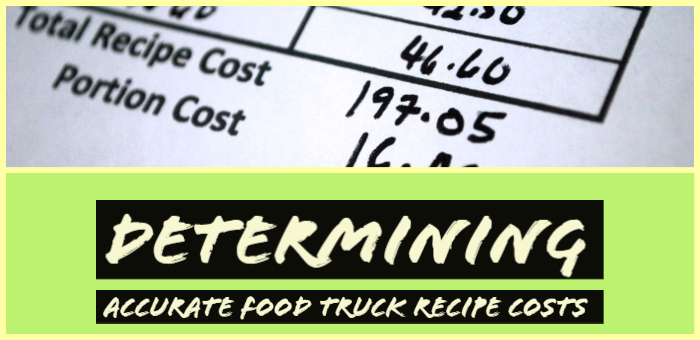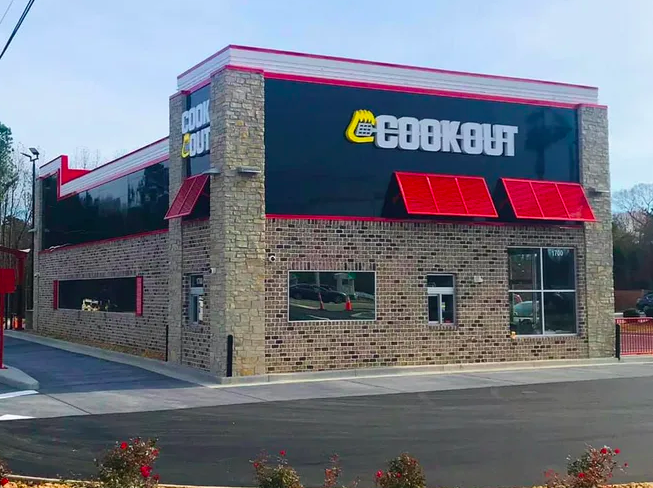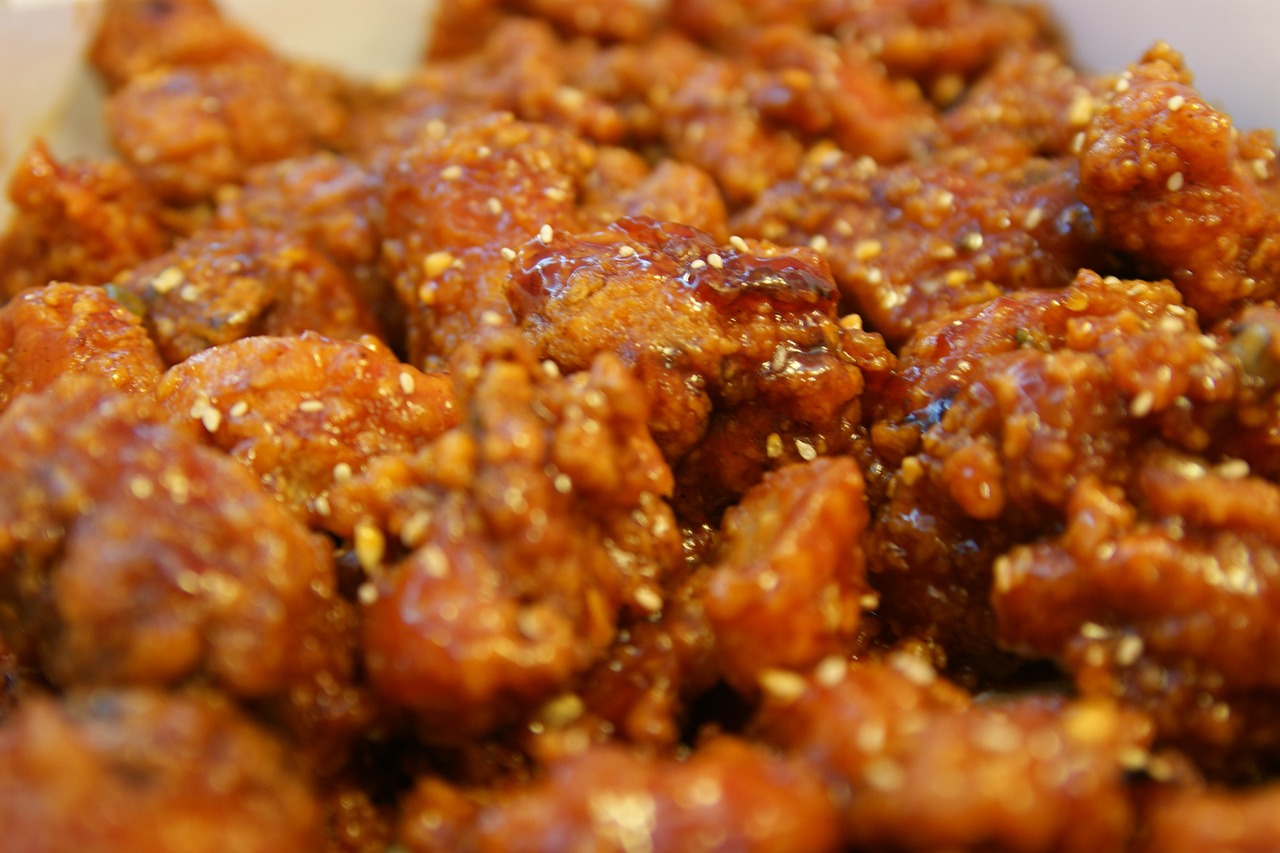I have recently come to the conclusion that too many food truck owners do not have accurate recipes costs for their food truck menus. Recipe costs are the foundation of strategic business functions for a food truck such as menu engineering profit benchmarking.
Unfortunately, food truck recipes aren’t typically written to determine accurate costs. They are generally written in standard cookbook terminology. Instead they need to be viewed in manufacturing terms. Thinking about your food truck operation as a manufacturer is not common in the industry…although it should be.
Once this paradigm changes; food trucks will start to see improved profits and greater efficiency within their kitchen.
Use these two steps to determine accurate food truck recipe costs:
Step 1: Think Like A Manufacturer
The first concept is to understand what it means to treat your recipes like a manufacturer. The basic rule to follow is that anytime a product or ingredient changes form, no matter how simple it may seem, the costs involved in the change should be accounted for.
As an example, take fresh basil. When purchasing fresh basil from a local supplier, it often comes packaged with the basil is still on their stems. In order to make the basil usable, all the basil leaves need to be picked off. Although this is a very simple task, you need to account for the loss or the final weight of the leaves. If you paid $8.00 for a pound of basil and did not account for the loss of stem weight, you would have used $0.50 an ounce on our recipes…incorrectly.
Not everything has 100% yield. So in the example, we’ll say only 11 ounces were usable. This will result with a new cost of $0.73 per ounce. This is the way to accurately cost your ingredients.
Step 2: Convert Into Proper Weights And Measures
In addition to accounting for proper yields, the second piece of recipe costing is take your recipes and convert them into proper weights and measures.
For example, many recipes will call out for a tablespoon or teaspoon of an ingredient. Utilizing utensils ensures portion control and proper execution. However, for recipe costs, you need to account for the actual weights.
Just as accounting for the proper ingredient yields is important, it is just as important to account for the proper weights and measures to determine your food truck recipe costs for each ingredient as well.
RELATED: Recipe Protection: Are Your Food Truck Recipes Really Your Own?
The Bottom Line
Accurate recipe costs give you the ammunition to plan properly for food truck success. With the growing level of competition in the mobile food industry, it makes absolutely no sense to make uneducated decisions. When dealing with your menu items, you need to understand the numbers to confirm that the addition or the removal of an item is the right direction to go.
While it might take some initial work and investment of time it is energy and money well spent in the long run. It will assist in improving the profitability of your food truck operation.
Do you currently look at your food truck recipe costs like a manufacturer? How long did it take to make this change? We’d love to hear your story. Share your thoughts on this topic in the comment section, our food truck forum or social media. Twitter | Facebook




